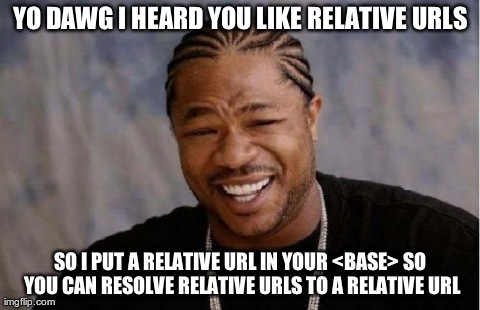I just faked having a task queue for #taproot #indieweb note posting tasks using Symfony HttpKernel::terminate() and it was the easiest thing ever.
Instances or subclasses of HttpKernel have a terminate($request, $response) method which, if called in the front controller after $response->send(); triggers a kernel.terminate event on the app’s event dispatcher. Listeners attached to this event carry out their work after the content has been sent to the client, making it the perfect place to put time-consuming things like POSSE and webmention sending.
Once you’ve created your new content and it’s ready to be sent to the client, create a new closure which carries out all the the time consuming stuff and attach it as a listener to your event dispatcher, like this:
$dispatcher->addListener('kernel.terminate', function() use ($note) {
$note = sendPosse($note);
sendWebmentions($note);
$note->save();
}
Then, provided you’re calling $kernel->terminate($req, $res); in index.php, your callback will get executed after the response has been sent to the client.
If you’re not using HttpKernel and HttpFoundation, the exact same behaviour can of course be carried out in pure PHP — just let the client know you’ve finished sending content and execute code after that. Check out these resources to learn more about how to do this:
- FPM, specifically
fastcgi_finish_request() flush()HttpFoundation\Request::send()as a sample implementation
Further ideas: if the time consuming tasks alter the content which will be shown in any way, set a header or something to let the client side know that async stuff is happening. It could then re-fetch the content after a few seconds and update it.
Sure, this isn’t as elegant as a message queue. But as I showed, it’s super easy and portable, requiring the addition of three or four lines of code.
